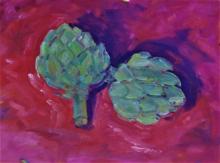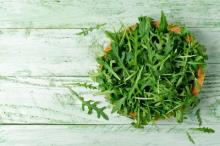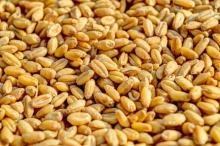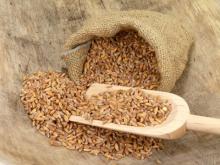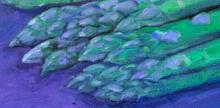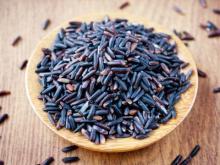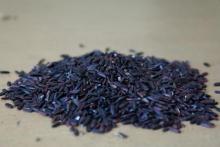Superfood 101: Jerusalem Artichokes!
The Jerusalem artichoke is neither an artichoke nor has it any connection to Jerusalem. It is the tuber at the root of a flowering plant of the aster family and is native to North America. The flower is similar to the sunflower and the tuber, much like that of ginger, with a texture of a potato. In 1585, Sir Walter Raleigh came upon the plant cultivated by the area peoples of Virginia.


